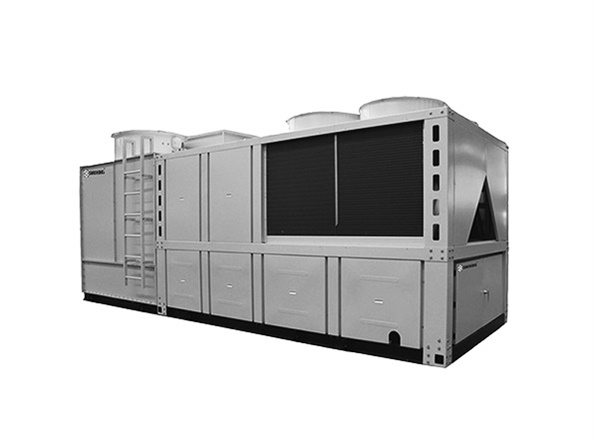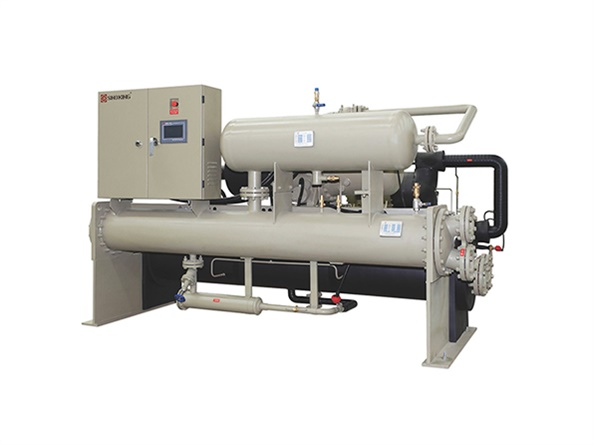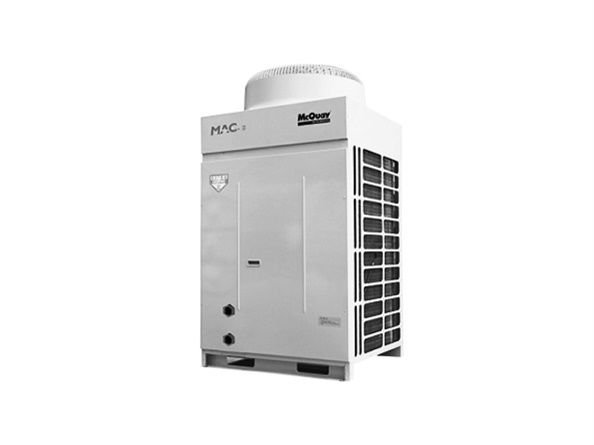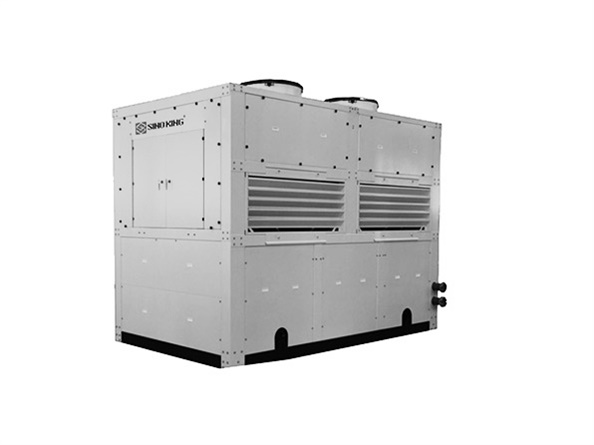26 Common Wastewater Treatment Tips
1. Domestic sewage
Domestic sewage is mainly the discharge water produced by various kitchen water, washing water and toilet water used in human life. It is mostly non-toxic inorganic salts. Domestic sewage contains nitrogen, phosphorus and sulfur, and many pathogenic bacteria.
2. Municipal sewage
Municipal sewage is a general term for sewage discharged into urban sewage systems. In the combined flow drainage system, it also includes production wastewater and intercepted rainwater. Municipal sewage mainly includes domestic sewage and industrial sewage, which are collected by the urban drainage network and transported to the sewage treatment plant for treatment.
3. Industrial wastewater
Industrial wastewater refers to the wastewater, sewage and waste liquid generated in the industrial production process, which contains industrial production materials, intermediate products and products lost with water and pollutants generated in the production process.
4, pH
pH indicates the degree of acid and alkali in sewage. It is the reciprocal logarithmic value of hydrogen ion concentration in water, which ranges from 0 to 14. If the pH value is equal to 7, the water is neutral and less than 7 is acidic. The smaller the value, the stronger the acidity. If it is greater than 7, it is alkaline. The pH value of sewage treatment plants dominated by domestic sewage is usually 7.2 to 7.8.
 Rapid removal of total phosphorus from urban domestic wastew
Rapid removal of total phosphorus from urban domestic wastew
 One minute! Take you to understand electroplating wastewater
One minute! Take you to understand electroplating wastewater
 33 commonly used knowledge points for wastewater treatment
33 commonly used knowledge points for wastewater treatment
 Emergency measures for "total phosphorus exceeding standard"
Emergency measures for "total phosphorus exceeding standard"


